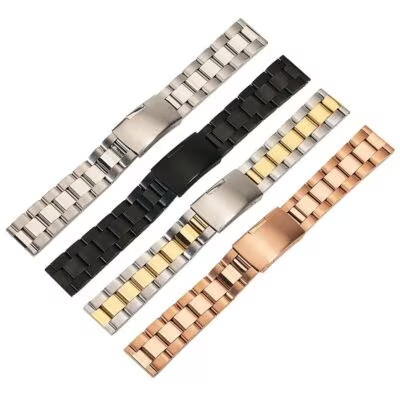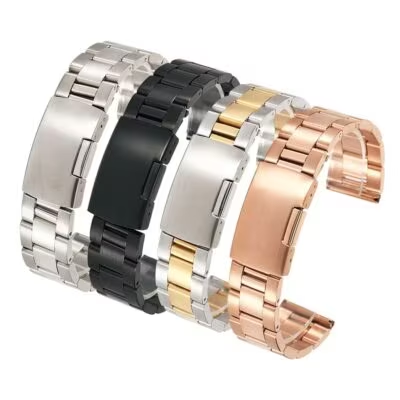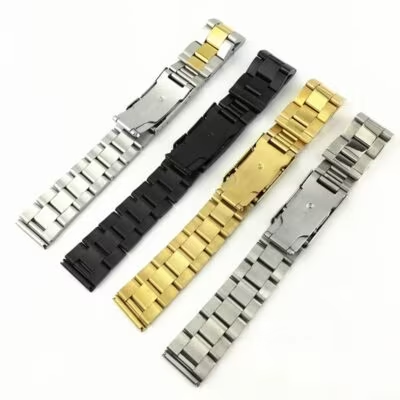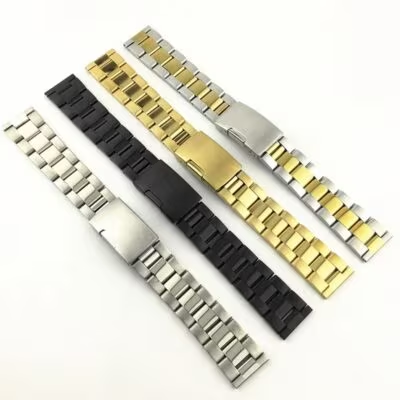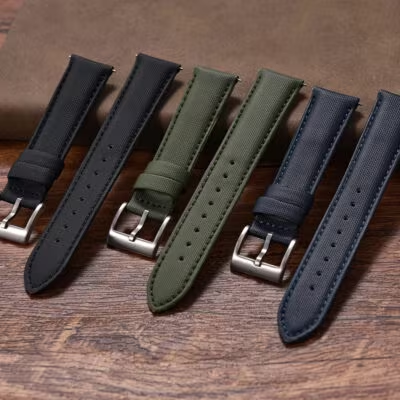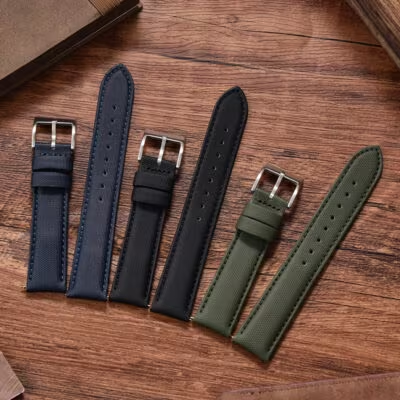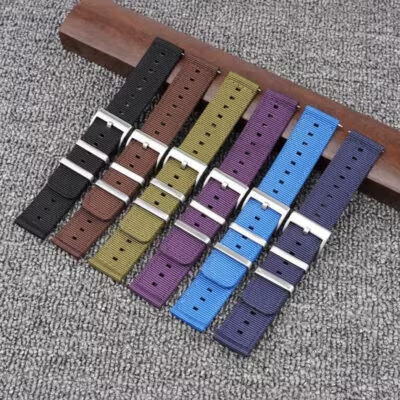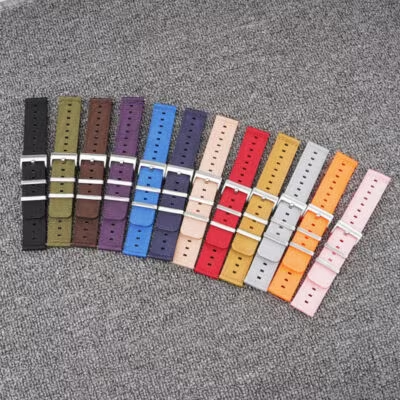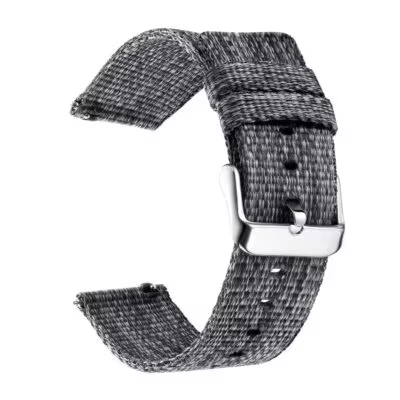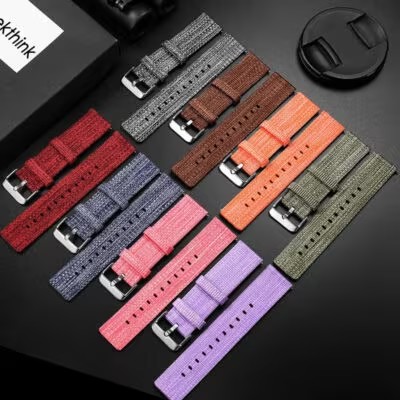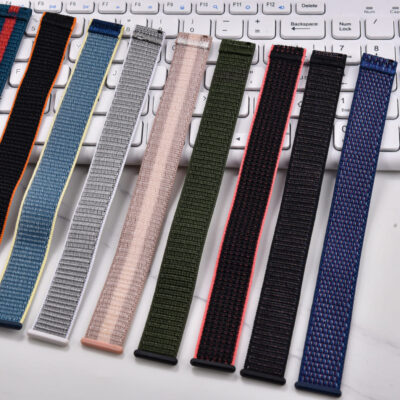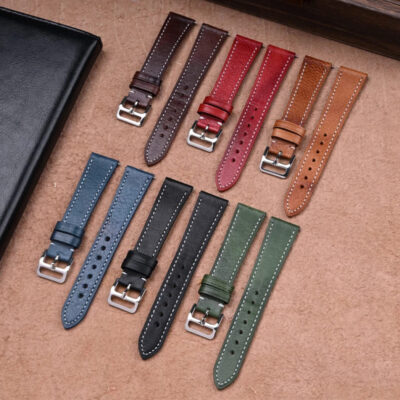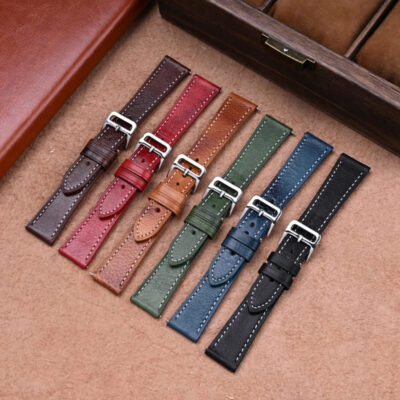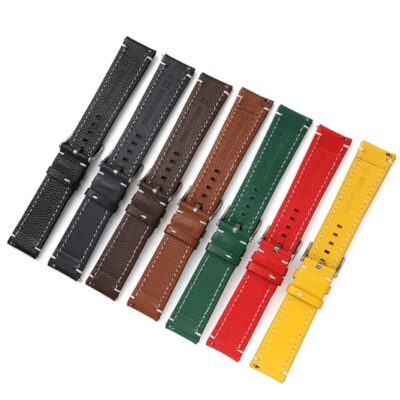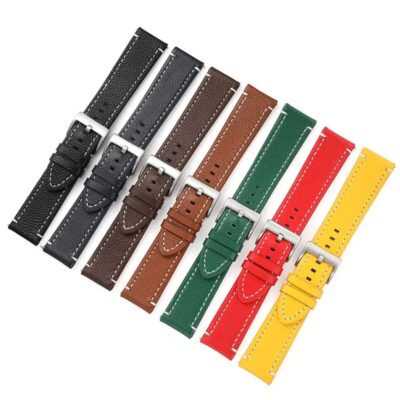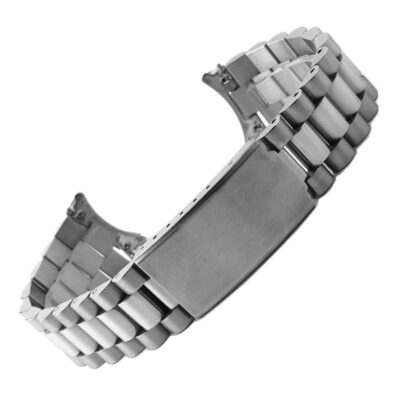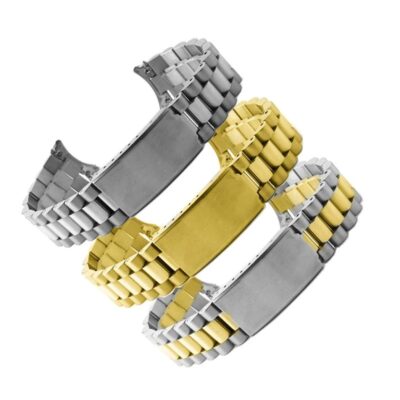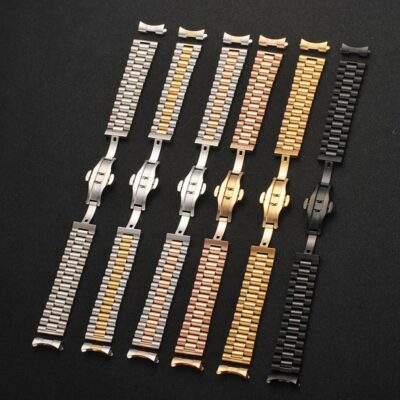When you think of Rolex, images of robust, reliable, and instantly recognizable timepieces come to mind. Central to this image, alongside the famous Oyster case, is the equally legendary Rolex Oyster bracelet. More than just a band to hold a watch on the wrist, the Oyster bracelet is a marvel of engineering, a symbol of durability, and a design icon that has gracefully evolved for nearly a century.
Often imitated but never truly duplicated, its story is intertwined with Rolex’s relentless pursuit of perfection and its pioneering spirit in the world of professional and everyday watches. Let’s dive deep into the rich history of this quintessential watch bracelet.
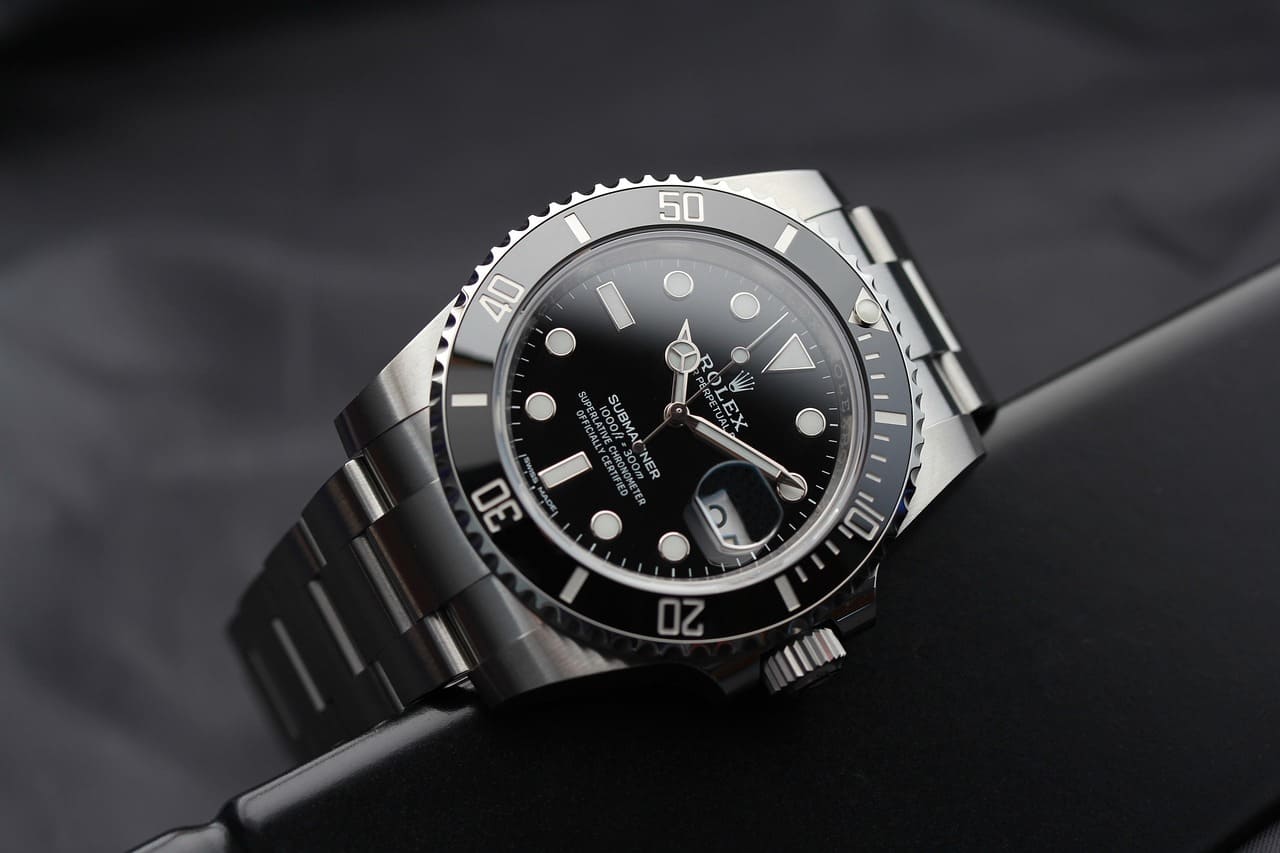
The Genesis: Complementing the World’s First Waterproof Watch Case
The story of the Oyster bracelet begins, naturally, with the Oyster case. Patented by Rolex in 1926, the Oyster case was the world’s first truly waterproof and dustproof watch case, a revolutionary invention that transformed wristwatches from fragile accessories into reliable tools.
While early Rolex watches featured various strap options, including leather and simpler metal bands, founder Hans Wilsdorf recognized the need for a bracelet that matched the Oyster case’s resilience and purposefulness. A leather strap, susceptible to water damage and wear, wasn’t the ideal long-term partner for a watch designed to conquer the elements. The vision was clear: a metal bracelet that was strong, comfortable, and aesthetically fitting for the robust Oyster case.
Rolex began experimenting with metal bracelets in the 1930s, partnering with renowned bracelet manufacturers like Gay Frères. While these early designs laid the groundwork, the true birth of the Oyster bracelet as we recognize it occurred slightly later.
The Birth of an Icon: Patent and Launch (Late 1940s)
Although conceptualized and developed earlier, the Oyster bracelet design was officially patented by Rolex in 1947 and began appearing more prominently on watches around 1948. Its defining characteristic, present from the start, was the robust three-piece link design. This configuration featured broad, flat outer links flanking a slightly narrower, raised center link.
This design wasn’t just aesthetically pleasing; it was engineered for:
- Strength and Durability: The interlocking links provided exceptional resistance to stretching and breaking, essential for tool watches intended for demanding environments.
- Comfort: Despite its robustness, the flat profile and articulation of the links allowed the bracelet to conform comfortably to the wrist.
- Simplicity and Versatility: The clean, utilitarian design looked equally at home on a diver’s wrist deep underwater or paired with a suit in a boardroom.
Evolution Through the Decades: Refining Perfection
The Oyster bracelet wasn’t a static creation. Over the decades, Rolex continuously refined its construction, materials, and clasp technology, always striving for improvement.
The Rivet Era (c. 1950s – Late 1960s)
Early Oyster bracelets are often referred to as “rivet” bracelets. In these versions:
- The links were hollow and constructed from folded sheets of metal.
- The outer links were held together by visible rivets on the side of the bracelet.
- These bracelets were lightweight and comfortable but could be prone to stretching over time as the hollow links wore against each other.
- Some variations featured expanding links near the clasp, using springs to offer minor adjustments.
The Folded Link Era (c. Late 1960s – Mid/Late 1970s)
Seeking improved manufacturing efficiency and a slightly different aesthetic, Rolex transitioned to “folded link” Oyster bracelets.
- These links were still made from folded sheets of metal, but the construction technique changed.
- The side rivets disappeared, giving the bracelet edges a smoother appearance.
- While still relatively lightweight, they offered a slightly more substantial feel than the rivet versions.
- Like rivet bracelets, they could also stretch over extended periods of use.
The Arrival of Solid Links (c. Mid/Late 1970s – Present)
A significant leap in quality and durability came with the introduction of solid link Oyster bracelets.
- Initially, the center links became solid pieces of metal, while the outer links often remained folded for a period.
- Eventually, Rolex transitioned to bracelets where all links (outer and center) were milled from solid blocks of steel or precious metal.
- This dramatically increased the bracelet’s weight, perceived quality, and resistance to stretching. It gave the Oyster bracelet the heft and indestructible feel it’s known for today.
Solid End Links (SELs) (c. Late 1990s/Early 2000s)
Another crucial refinement was the move from hollow end links (the links connecting the bracelet to the watch case) to Solid End Links (SELs).
- Hollow end links could sometimes rattle or develop play over time.
- SELs provided a much more precise and secure fit against the watch case, eliminating rattle and enhancing the overall integrated feel of the watch and bracelet.
Clasp Innovation: Security and Adjustability
The clasp is the critical component securing the watch to the wrist. Rolex has continuously innovated its Oyster bracelet clasps:
- Basic Stamped Clasps: Early clasps were simple, functional, stamped metal folding clasps.
- Fliplock Clasp: Introduced primarily for dive watches like the Submariner and Sea-Dweller, the Fliplock includes a safety catch over the main clasp and often incorporates a dive extension system. This allows the bracelet to be quickly lengthened to fit over a wetsuit.
- Easylink Comfort Extension: A brilliant piece of user-friendly engineering, the patented Easylink system allows the wearer to easily extend or shorten the bracelet by approximately 5mm without tools. This is perfect for accommodating minor wrist size fluctuations due to temperature or activity. Found on many Professional and Classic models.
- Glidelock Clasp: Primarily featured on Rolex’s dive watches (Submariner, Sea-Dweller, Deepsea), the Glidelock is arguably the most advanced adjustment system. It allows for fine incremental adjustments (usually in 2mm steps) up to about 20mm, all without tools. This provides a perfect fit over a dive suit or simply for achieving ultimate on-wrist comfort. The mechanism is cleverly concealed within the clasp cover.
- Oysterlock Safety Clasp: This refers to the modern safety mechanism that prevents accidental opening of the clasp, often used in conjunction with Easylink or Glidelock systems.
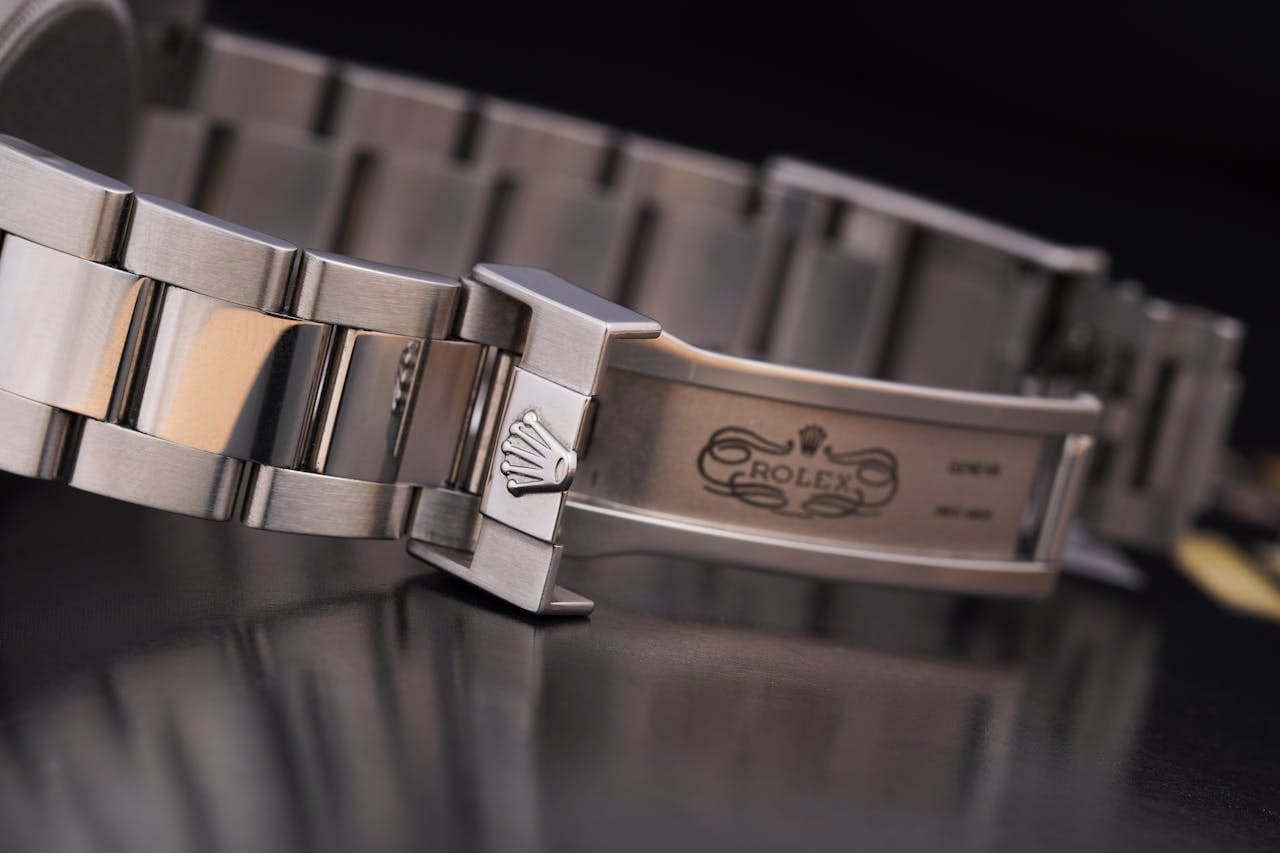
Materials and Finishes: Beyond Stainless Steel
While synonymous with robust Oystersteel (Rolex’s high-quality 904L stainless steel alloy), the Oyster bracelet has also been crafted in:
- Yellow Gold: Offering a classic, luxurious appeal.
- White Gold: Providing understated luxury.
- Everose Gold: Rolex’s proprietary, fade-resistant pink gold alloy.
- Platinum: The most exclusive and heaviest option, reserved for top-tier models.
- Rolesor: Rolex’s term for the combination of Oystersteel and gold (Yellow, White, or Everose) on a single watch/bracelet, offering a blend of durability and luxury.
Finishes also vary, with most Oyster bracelets featuring brushed outer links and polished center links (PCLs) for a touch of elegance, or a fully brushed finish for a more utilitarian, tool-watch aesthetic (common on Submariners and Explorers).
Why the Oyster Bracelet Endures: An Icon’s Legacy
Nearly a century after its conceptualization, the Rolex Oyster bracelet remains a benchmark in the industry. Its enduring appeal stems from:
- Timeless Design: The three-link configuration is simple, balanced, and instantly recognizable.
- Unmatched Durability: Modern solid-link Oyster bracelets are built to last a lifetime, resisting wear and tear exceptionally well.
- Comfort: Despite its solidity, careful engineering ensures excellent articulation and wrist comfort.
- Security: Advanced clasps like the Oysterlock with Fliplock, Easylink, or Glidelock provide peace of mind and unparalleled adjustability.
- Versatility: It seamlessly transitions from sport and adventure to formal occasions.
- Symbol of Quality: It represents Rolex’s commitment to incremental improvement and robust engineering.
The Oyster Bracelet Today
Today, the Oyster bracelet continues to be a mainstay across the Rolex catalogue, featured on iconic models like the Submariner, GMT-Master II, Explorer, Daytona, Datejust, Oyster Perpetual, and Sky-Dweller. Each iteration benefits from decades of refinement, incorporating solid links, SELs, and advanced clasp systems tailored to the specific watch’s purpose.
Conclusion: More Than Metal – A Rolex Hallmark
The Rolex Oyster bracelet is far more than just a functional component; it’s an integral part of the Rolex identity. Its history mirrors the brand’s evolution – a journey of innovation, refinement, and an unwavering commitment to creating watches (and bracelets) that are both beautiful tools and enduring symbols of achievement. From the early rivet designs to the sophisticated Glidelock clasps of today, the Oyster bracelet stands as a testament to timeless design and robust engineering, securing its place as one of the most iconic and respected watch bracelets ever created.

